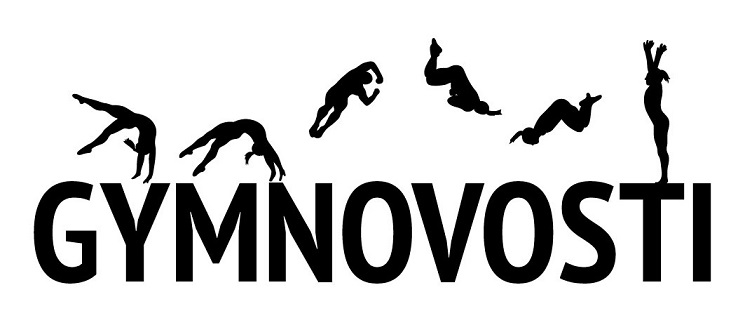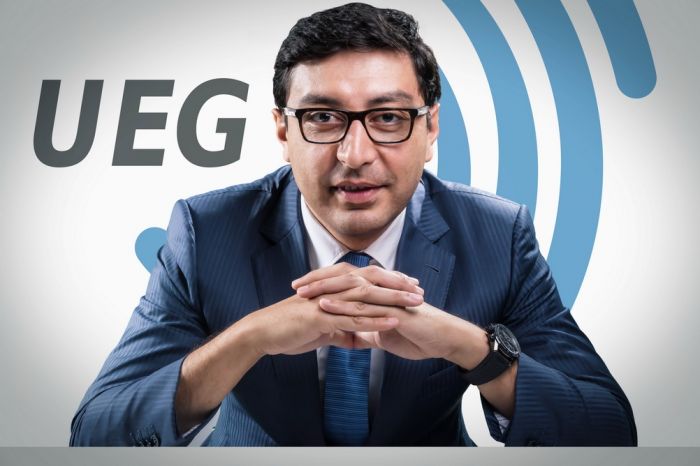Faid Gaibov, the president of European Gymnastics, has recently become the Sports Minister of Azerbaijan. In addition, he is one of the candidates for the FIG President position and is competing for it with the current president Morinari Watanabe. Gaibov gave an interview to Sport-Express about his work at the European Gymnastics and what he wants to accomplish at the FIG.
Q: What made you submit your candidacy for the FIG President? You’re already heading the European Gymnastics, you’ve become the Sports Minister [of Azerbaijan]…
A: First of all, I submitted my candidacy for the FIG President long before I became the Sports Minister of my country. Second, I’ve managed to achieve a lot at the European level over the past four years. We have a special development program, we’re assisting regional federations and competition organizers, including with the supply of gymnastics equipment – either for free or with large discounts. And now I would like to transfer it to the world level.
Q: What are you unhappy with in the current FIG policies?
A: Clearly, I’m unhappy with something – otherwise, I wouldn’t have submitted my candidacy. But it wouldn’t be appropriate for me to publicly list the shortcomings now. Rather, I want to talk about what I want to change. For example, I think it necessary to revise the existing format of World Cups and World Challenge Cups. These competitions should be in one format, with a clear structure, and then such a product will be desirable for TV channels. Marketing is generally one of the key areas. We can also think about promoting the stars and creating an attractive competition image.
Q: The most prominent gymnastics topic in the media now is the judging scandal in rhythmic gymnastics at the Tokyo Olympics. What do you think about it?
A: I think it wouldn’t be appropriate for me to express an opinion on that, I’m not it the right position for this. There are technical specialists, coaches, judges… I definitely think there are some difficulties in the rules of this sport. But I’m not yet ready to talk about it in more detail.
Q: Do you count on Russia’s support in the election, considering that we speak the same language?
A: Indeed, I have a long history with your country, thank you for noting this. I studied in Russian language and defended by PhD dissertation in Saint Petersburg, at the Lesgaft Institute. Naturally, we are now holding a lot of meetings with representatives from different countries. After all, it’s not just about me but also about candidates for the executive commitee and other committees. I would like for all the European federations to have a united position, a common vision of what we want and how we plan to achieve that. Whether we’ll manage it or not, life will tell.
Q: Did you have any meetings with Irina Viner? What kind of a [work] relationship you have with her?
A: Irina Aleksandrovna and I have known each other for quite a long time and we’ve always had a warm relationship. She helped us build the rhythmic gymnastics program in Azerbaijan. Baku hosted European and World Championships more than once. But the issue is that in Russia, unlike in the FIG, there are separate artistic, rhythmic, and tumbling federations. According to the rules, in this case, the artistic gymnastics federation represents the country internationally.
Q: Your competitor Watanabe is from Japan where all gymnastics sports are well developed. In Azerbaijan, only rhythmic gymnastics is at a high level. Is that a serious obstacle for you?
A: I’m nominated for the President position and not for an active athlete. So, in this case it makes more sense to evaluate the results of my work in European Gymnastics and in Azerbaijan and not athletic achievements.
Q: Do you plan to expand the Olympic representations with gymnastics disciplines? For example, will acrobatic gymnastics fight for a spot at the Olympics?
A: There is a lot of competition for popularity and for spectators between the gymnastics sports. At the moment, the FIG has three disciplines at the Olympics – artistic and rhythmic gymnastics and trampoline. Theoretically, a presence at the Olympics facilitates the development of the sport in a larger number of regional federations and helps them to get funding and send athletes to competitions. Although, the example of trampoline shows that even after the inclusion in the Olympics, the number of countries participating at Worlds didn’t grow much. That is, a whole set of actions is important. Right now, only one in six countries in the FIG send their athletes to the acrobatic gymnastics World Championships, even though the sport requires the same equipment as artistic gymnastics. The question is what we can do to change this.
Q: What do you think about men’s rhythmic gymnastics? Considering the tendencies towards gender parity, it might have even better Olympic prospects than acrobatics.
A: This discipline is being developed in Russia, Spain and some other countries. But for now, it’s not even officially recognized by the FIG. A long journey is needed for that to happen and only then we can think about the Olympics. It’s not a question of whether I like it or not, I don’t want to discuss it in this vein. If the sport is interesting, promising, and popular, then, of course, we will support it.



